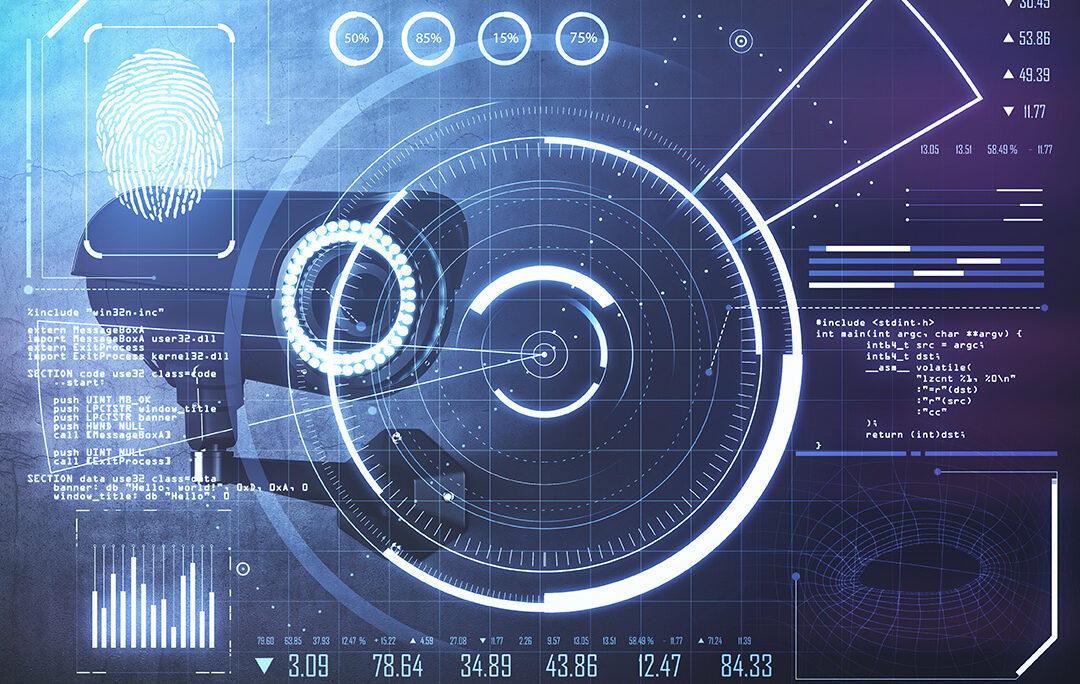In today’s digital age, where technology is deeply embedded in every aspect of our lives, the importance of holistic security management has never been more crucial. As organizations and communities face an evolving landscape of threats, the need to protect physical and digital assets has become paramount.
Integrating Physical and Digital Security
To achieve comprehensive security, integrating physical and digital security measures is imperative. This convergence provides organizations and communities and communities with a holistic view of their security posture, enhancing situational awareness and response capabilities. By combining technologies such as access control systems, surveillance cameras, firewalls, encryption, and intrusion detection systems, organizations can proactively protect their assets.
Physical and digital security measures often complement each other. For example, access control systems and surveillance cameras can work together to monitor and restrict access to sensitive areas. Integrating these systems allows for seamless coordination, where access attempts trigger video recording or alerts, ensuring a higher level of security.
The Need for Information Security Management
In an era where sensitive information is stored, transmitted, and accessed digitally, security management plays a vital role in safeguarding organizations and communities confidential data. With the growing sophistication of cyber threats, ranging from hacking and malware to social engineering attacks, digital security management provides a proactive approach to identify, prevent, detect, and respond to these risks. Moreover, compliance with data protection regulations, such as GDPR and HIPAA, ensures organizations maintain trust and avoid significant financial penalties.
The Benefits of integrating physical & digital security:
Enhanced Situational Awareness: Integrating physical and digital security systems allows organizations to monitor and analyze data from various sources, empowering them to detect threats more effectively. This comprehensive view of security incidents enables faster response times and minimizes potential damage or loss.
- Improved Incident Response: Integrated security systems facilitate real-time incident response by triggering alarms, notifying security personnel, and providing relevant video footage or access logs. Such synchronized actions help contain incidents swiftly, reducing their impact on the organization.
- Strengthened Access Control: Integration enables organizations to exercise stricter control over physical and digital access points. By leveraging technologies like smart cards, biometrics, and centralized identity management systems, organizations ensure that only authorized individuals can access critical spaces and digital resources. This mitigates the risk of unauthorized access and strengthens overall security.
- Proactive Risk Management: Integrating physical and digital security systems enables organizations to identify patterns and vulnerabilities by correlating data. This proactive approach
allows for targeted security measures and risk mitigation strategies, reducing the potential for security breaches. - Streamlined Management and Monitoring: Integrated security systems provide a centralized platform for managing and monitoring both physical and digital security measures. This centralized control simplifies security operations, improves efficiency, and ensures comprehensive coverage across all aspects of security. Physical and digital security systems collect different types of data. By integrating these systems, organizations can have a more holistic view of potential threats. For instance, correlating data from access control systems, surveillance cameras, and network logs can provide valuable insights and help identify patterns or anomalies that may indicate a security breach or a potential threat.
- Cost Efficiency: Integration optimizes resource allocation by eliminating redundant systems and streamlining security processes. This leads to cost savings in the long run. Moreover, effective risk management reduces the financial impact of security breaches, making integration a valuable investment.
In an increasingly interconnected world, security management plays a critical role in protecting organizations’ and communities’ physical and digital assets. By integrating physical and digital security measures, organizations and communities achieve heightened situational awareness, enhanced incident response capabilities, improved access control, proactive risk management, streamlined operations, and cost efficiencies. Embracing an integrated approach is essential to navigate the evolving security landscape and ensure a secure future for businesses and individuals alike. As we continue to witness the ever-evolving nature of security threats, it is imperative for organizations to prioritize security management and embrace integrated solutions to protect their valuable assets. By investing in robust security measures and staying vigilant, organizations can establish a solid defense against emerging risks, safeguard their reputation, and thrive in the digital age.




